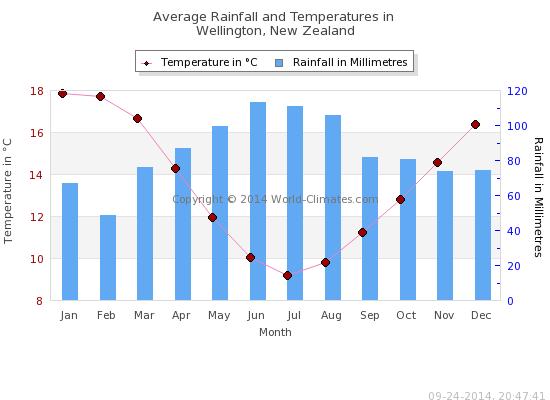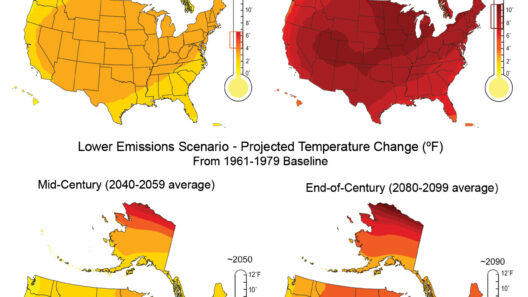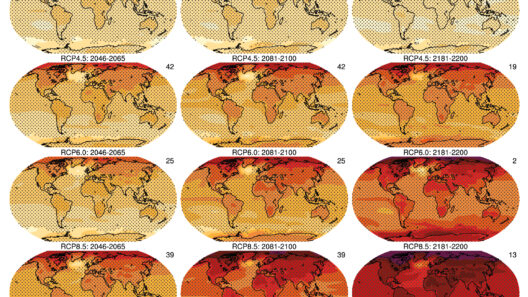New Zealand, a land renowned for its stunning landscapes and biodiversity, presents a climate that is as varied as its topography. This island nation, nestled in the southwestern Pacific Ocean, experiences a predominantly oceanic climate influenced significantly by prevailing westerly winds. These characteristics together create a unique interaction between atmosphere and geography, resulting in the myriad of climatic conditions that can be observed across different regions.
At its core, New Zealand’s climate is shaped by its location between latitudes 34°S and 47°S. Such positioning results in a temperate climate, but the coastal proximity imparts an oceanic influence that differs from continental climates found elsewhere. This is particularly evident when examining the stark contrasts between the North and South Islands, as well as the myriad microclimates present due to varying altitudes and geographical features.
The North Island typically experiences milder temperatures than the South Island, as it is closer to the equator. Here, regions like Auckland and Wellington enjoy moderate climate conditions, characterized by warm summers and mild winters. Average summer temperatures hover around 20 to 30 degrees Celsius (68 to 86 degrees Fahrenheit), while winter temperatures rarely drop below 10 degrees Celsius (50 degrees Fahrenheit). Rainfall is relatively evenly distributed throughout the year, although certain areas like the eastern Bay of Plenty receive considerably less.
Conversely, the South Island is marked by its mountainous terrain and dramatic weather patterns. This island is home to the Southern Alps, which play a pivotal role in determining climatic conditions. The windward side of the mountains gathers moisture-laden air, which condenses into precipitation, resulting in lush rainforests. Conversely, the leeward side experiences a rain shadow effect, giving rise to arid and semi-arid climates. The Canterbury Plains in this region display significant seasonal temperature fluctuations, with summer highs reaching over 30 degrees Celsius (86 degrees Fahrenheit) while winter lows can plummet to minus temperatures.
Understanding New Zealand’s climate also requires consideration of its predominant westerlies. These winds, emanating from the ocean, are crucial in regulating temperature and precipitation patterns. They carry moist air across the Tasman Sea and into New Zealand, leading to significant rainfall, particularly in the western regions of both islands. Places like Milford Sound receive some of the highest rainfall in the world, averaging over 7,000 millimeters (275 inches) annually, contributing to the spectacular fiords and rich biodiversity.
Climate variability should be factored into discussions around New Zealand’s environment. The phenomenon known as El Niño can exert substantial influence on the weather patterns, leading to increased temperatures and altered precipitation. Conversely, La Niña conditions tend to bring about wetter and cooler periods. This oscillation informs agricultural practices, water management, and disaster preparedness efforts, underlining the importance of climate literacy among locals and visitors alike.
Additionally, regional climate variations result in diverse ecosystems and habitats. The subtropical forests of the Northland region, characterized by kauri trees, contrast sharply with the alpine vegetation found in the Southern Alps. Such biodiversity is a testament to the complex climate systems at play — a delicate balance that sustains numerous species and ecosystems. Conservation efforts must recognize these disparities to effectively combat the looming threats of climate change.
The interdependence of climate, geography, and human activity cannot be overlooked. As one traverses the landscapes of New Zealand, it is evident that local communities have adapted to the climate dynamics over generations. Agriculture in the Waikato is shaped by milder winters and abundant rainfall, fostering world-renowned dairy farming. Meanwhile, vineyards in Marlborough thrive due to the region’s temperate and dry climate, producing premier Pinot Noir and Sauvignon Blanc. Every industry is influenced distinctly by climatic conditions, necessitating an acute awareness of climatic variations and their impacts.
New Zealand’s commitment to sustainability and environmental stewardship is increasingly crucial, especially in the face of global climate challenges. The nation has pledged to reduce emissions and invest in renewable energy, showcasing a proactive approach to climate change. However, it is vital to recognize that resolving the climate crisis requires collective efforts extending beyond national boundaries. The impacts of climate change resonate globally, invoking a shared responsibility to foster a more sustainable future.
As we consider the climate of New Zealand, it reveals not only the natural splendor of the land but also the profound implications of climate on both ecosystems and human livelihoods. The amalgamation of oceanic winds, diverse climatic zones, and rich biodiversity offers an educational opportunity for all who wish to engage with this beautiful country. By cultivating an understanding and appreciation of these dynamics, we can inspire both curiosity and action towards ensuring a resilient and flourishing environment for generations to come.







